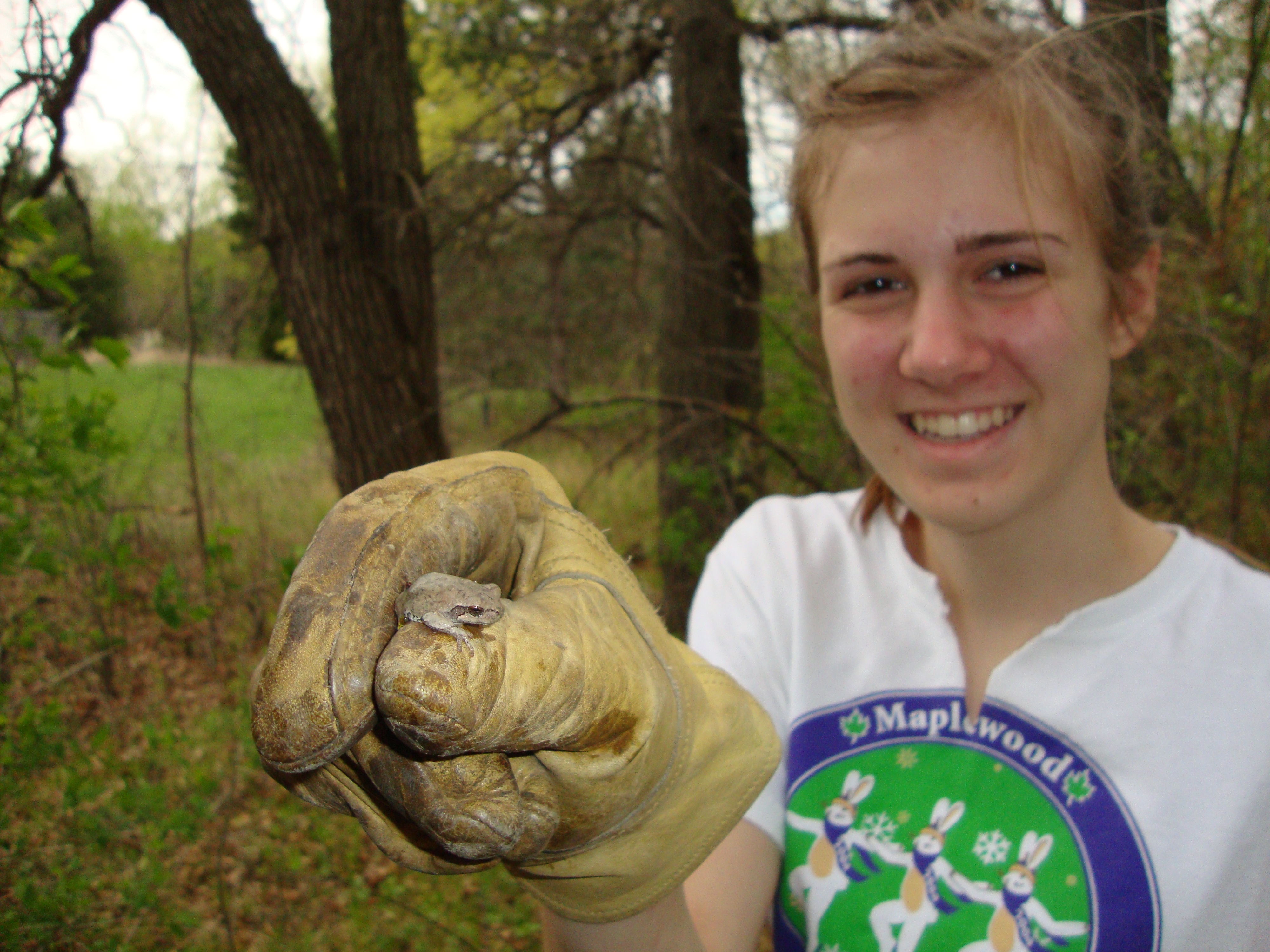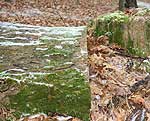What to Say about Ramps
![]() Each Monday we write about the New England environment and way of life seen through our local perspective. Previous posts
Each Monday we write about the New England environment and way of life seen through our local perspective. Previous posts
By Amy Miller
No matter how much you beg, I won’t tell you where I found them. I won’t even direct you to the state where the ramps were growing. Ramps colonies are top secret. This recently trendy delicacy, which may be described as wild leek, is not always easy to find.
You can make ramp tarts, ramp grits, fried ramps, or ramps & eggs. They can be roasted sautéed, pickled, or puréed. They can be put raw in salads or stir fried.
Ramps, officially allium trioccum, are part of the lily family, which includes garlic, leeks, and onions. Slightly resembling scallions, they have a white bulb at the bottom, and below that are the roots. And they are among the first greens available in spring.
No matter where you live in the US, ramps may be growing wild. They’ve been around for a long time in the east, from Canada to Georgia.
Until the 1980s, though, ramps were not part of northeastern restaurant culture. The buzz began in food writing circles, and in 1983, a recipe for a ramp tart and cheddar-enriched ramps grits soufflé appeared in Gourmet magazine.
Now, the spring bulb is threatened with overharvesting. Lawrence Davis-Hollander, an ethnobotanist who lives in the Berkshires, sees a problem so serious he put out a “Ramp Action Alert.” Quebec banned ramp harvesting in 1995 and the Great Smoky Mountains National Park banned harvesting in 2004.
The problem is that overharvesting will reduce sustainability of ramps as well as their ability to reproduce. Even harvesting 25 percent could require 10 years to recover. In 2011, Davis-Hollander estimated over 2 million ramps plants were harvested for culinary purposes.
Wild food specialist Russ Cohen, who also lives in the Berkshires, has noticed whole patches being decimated. He also noticed that when ramp colonies are disturbed, the areas are susceptible to invasive species. Apparently, it’s not hard to wipe out an entire plant species, even one as common as ramps. According to Davis-Hollander, ginseng once was just as common as ramps are now. Yet it’s now virtually extinct from many woods, and generally scarce.
Ramps lovers who don’t want to give up the habit can follow some simple rules from Davis-Hollander: don’t take more than a fifth of the leaves and don’t dig out the bulbs. Also, enjoy ramps you find in woods, but don’t buy them commercially.
In other words, everything in moderation.
About the author: Amy Miller is a writer who works in the public affairs office of EPA New England in Boston. She lives in Maine with her husband, two children, eight chickens, chicken-eating dog and a great community.










 By Nancy Grundahl
By Nancy Grundahl
 By Amy Miller
By Amy Miller
